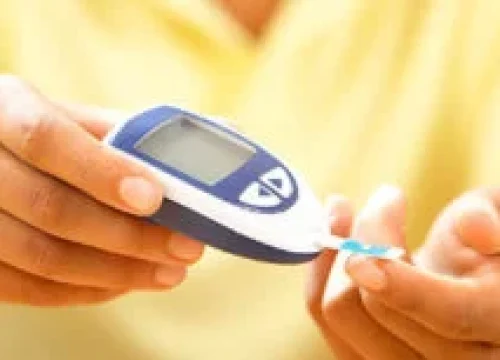A tiny electrode called a glucose sensor is inserted under the skin to measure glucose levels in tissue fluid. The glucose sensor produces an electronic signal that is related to the amount of glucose present in the blood. It is connected to a transmitter that sends that information to the data monitoring device using radio frequency. The monitor then displays the glucose reading on its screen and notifies you if it detects that your glucose is reaching a high or low limit. The latest systems can actually alert you before you reach your glucose limits.
In normal people, the body tracks glucose levels all day to ensure the right amount of insulin is released at the right time. To successfully manage diabetes, a glucose monitoring system is needed to consistently know your sugar levels. The most common glucose monitoring solutions are blood glucose meters and continuous glucose monitoring systems. Sewa Center is one of the few diabetes Center in Indore that is fully equipped to deploy this glucose monitoring system. The continuous glucose monitoring system is a great diagnostic advantage to our diabetic patients.

